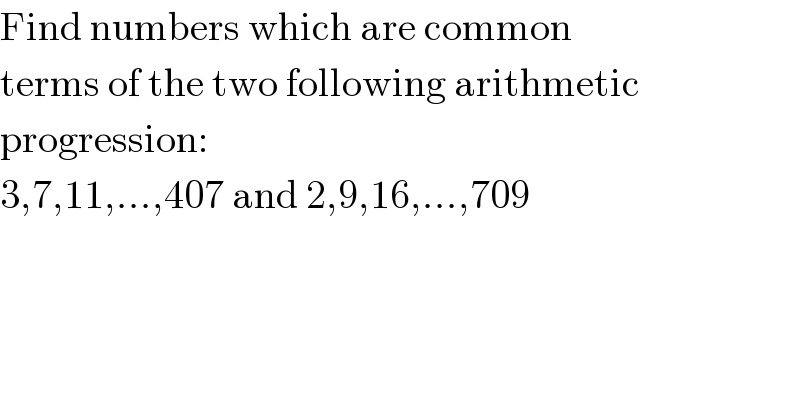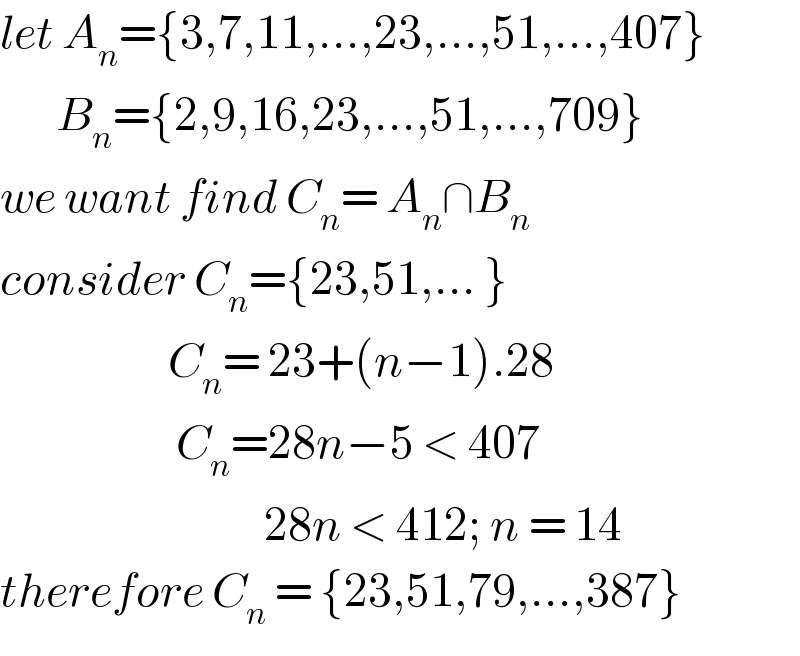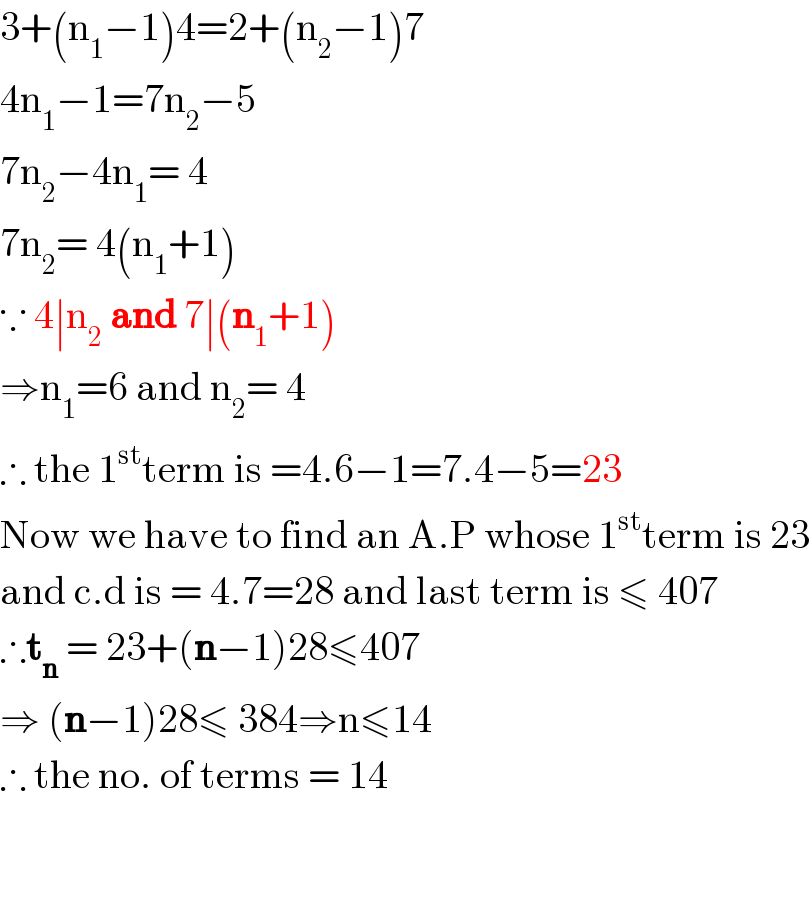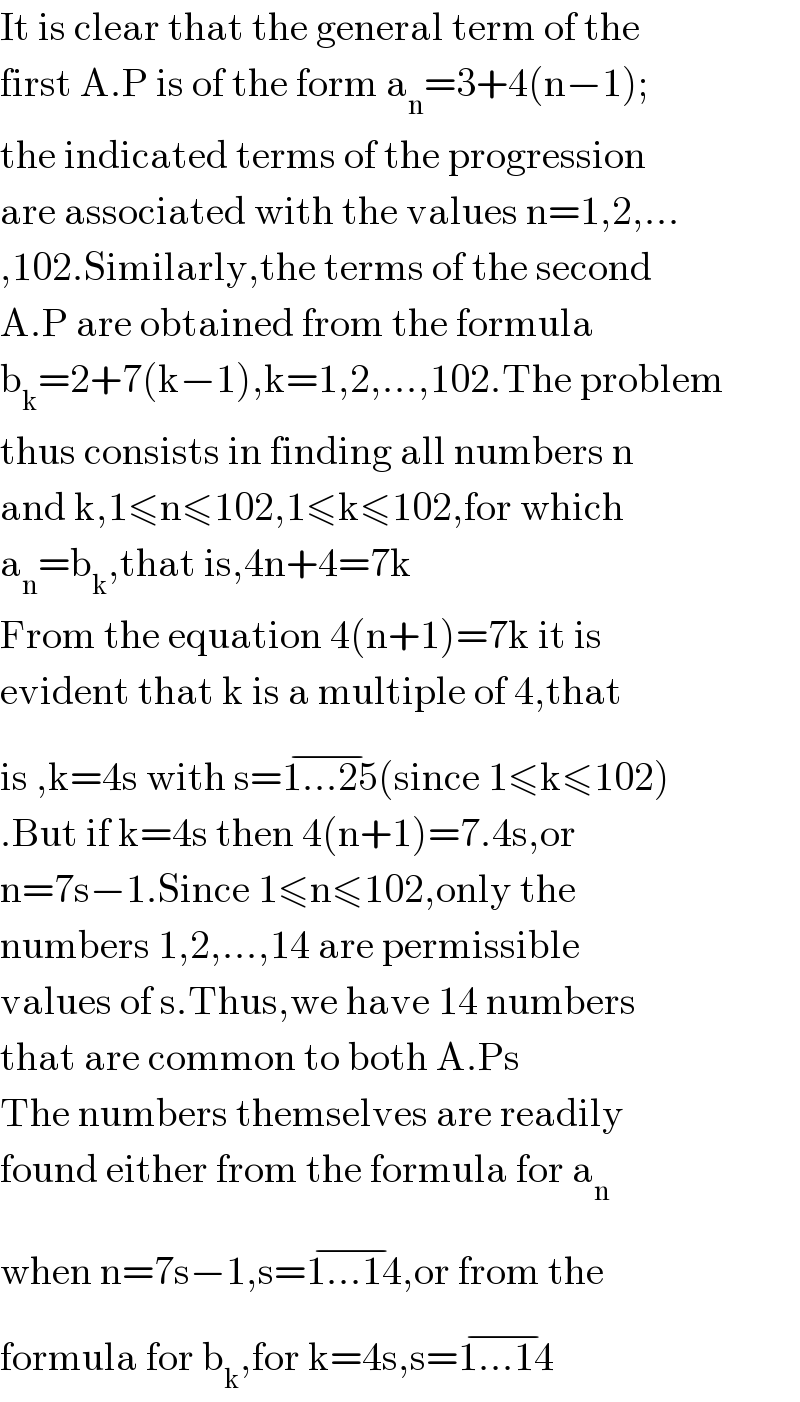
Question and Answers Forum
Question Number 114511 by 1549442205PVT last updated on 19/Sep/20

Commented by bobhans last updated on 19/Sep/20

Commented by bemath last updated on 19/Sep/20

Commented by 1549442205PVT last updated on 19/Sep/20

Answered by PRITHWISH SEN 2 last updated on 19/Sep/20

Commented by Rasheed.Sindhi last updated on 19/Sep/20

Commented by PRITHWISH SEN 2 last updated on 19/Sep/20

Commented by 1549442205PVT last updated on 19/Sep/20

Answered by 1549442205PVT last updated on 19/Sep/20

Commented by PRITHWISH SEN 2 last updated on 19/Sep/20

Commented by 1549442205PVT last updated on 21/Sep/20

